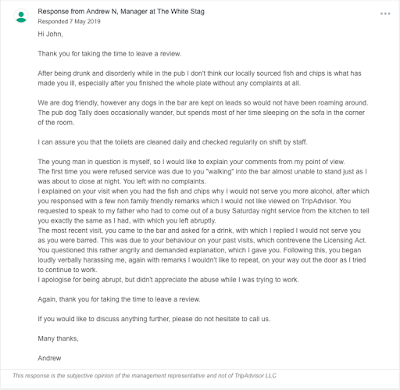Topic 1 - Plastic Rot
There has always
been plastic during my lifetime. 40-year-old kids' toys, Bic pen caps and trash out of Christmas crackers were the sort of things you found down the back of the sofa when you were looking for lost money, TV remotes, passport etc - I am sure that one day
archaeologists will dig up a complete layer of plastic that defines our
civilisation. Yet something has changed - about 10 years ago I bought a small
(but very handy) mp3 player which somehow deteriorated - it became
sticky and disgusting, and eventually I threw it away. Over recent years, between us, my family
have had loads of plastic hairbrushes, each of which lasted about a year
before it became sticky and unuseable. I had a rather expensive pair of
noise-cancelling headphones I bought in the USA - one day they turned
sticky and then they broke. There have been other incidents - as it
happens, all these items were black - a matt-finish material. A couple of cheapish travel alarms did this and (infuriatingly) the plastic parts of my current
Pure pocket DAB radio are showing signs of doing the same thing - same problem - matt-black, rubbery plastic becomes sticky and
unpleasant to touch.
Most
serious of all, my wife's sunglasses - the ones she likes for driving -
have started to go the same way. The frames are quite heavy - dark brown plastic - she bought
them from Boots about 2 years ago for £60 or so. Sticky - if you wash them in soapy water it helps a little, but the stickiness comes back again.
What's going on here?
I have always just assumed that plastic was forever - a belief which was shaken in the past by
(1) disintegrating 35-year-old Airfix soldiers - aargh!
 |
| It was the grey plastic ones that caused me grief |
Topic 2 - Jury Service Citation
Today got off to a bad start. I got a phone call about 9am from the care home where my mother lives. This is not likely to calm my nerves first thing in the morning, so I steeled myself for some bad news. In fact it was a fairly mundane call - my mum has been sent a citation to appear for jury service at the Edinburgh High Court in March. The home has obviously completed an Electoral Roll return for all their residents. They cannot deal with the citation themselves, since they have no power of attorney or authority to act on my mother's behalf, so would I please look after it.
Well yes, of course. The court office is closed over the weekend, but I'll contact them on Monday. It is famously difficult to get exempted jury duty, but anyone over 71 may choose to be excused. My mum is 94 now, and badly afflicted with dementia, so getting her excused should be straightforward. I fear that I may have to send a written request, which may require me first to submit the original documentation for my Power of Attorney, which is a hassle - mainly because of the eternal risk of the stuff getting lost in someone's in-basket. That sounds like an addition to Monday's do-list, so no worries there.
It also occurs to me that I could just ignore the citation, in which case we could have a brief moment of fame when they attempt to prosecute her for non-appearance (the Sunday Post would love such a story), or - better still - send her along to the court for jury service. That would be interesting.
No - on reflection, I'll phone up on Monday and see what we do next. Ho-hum.

































